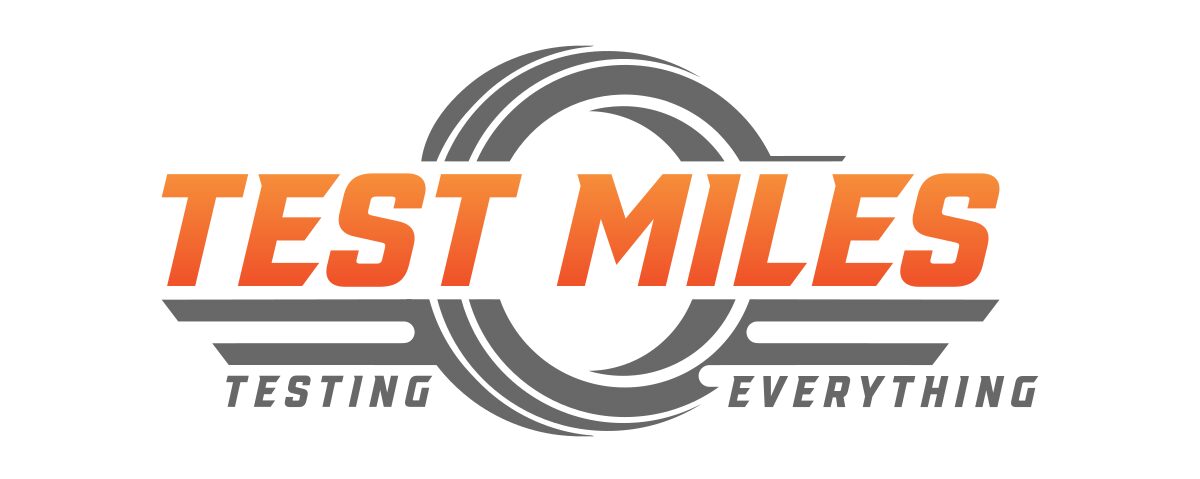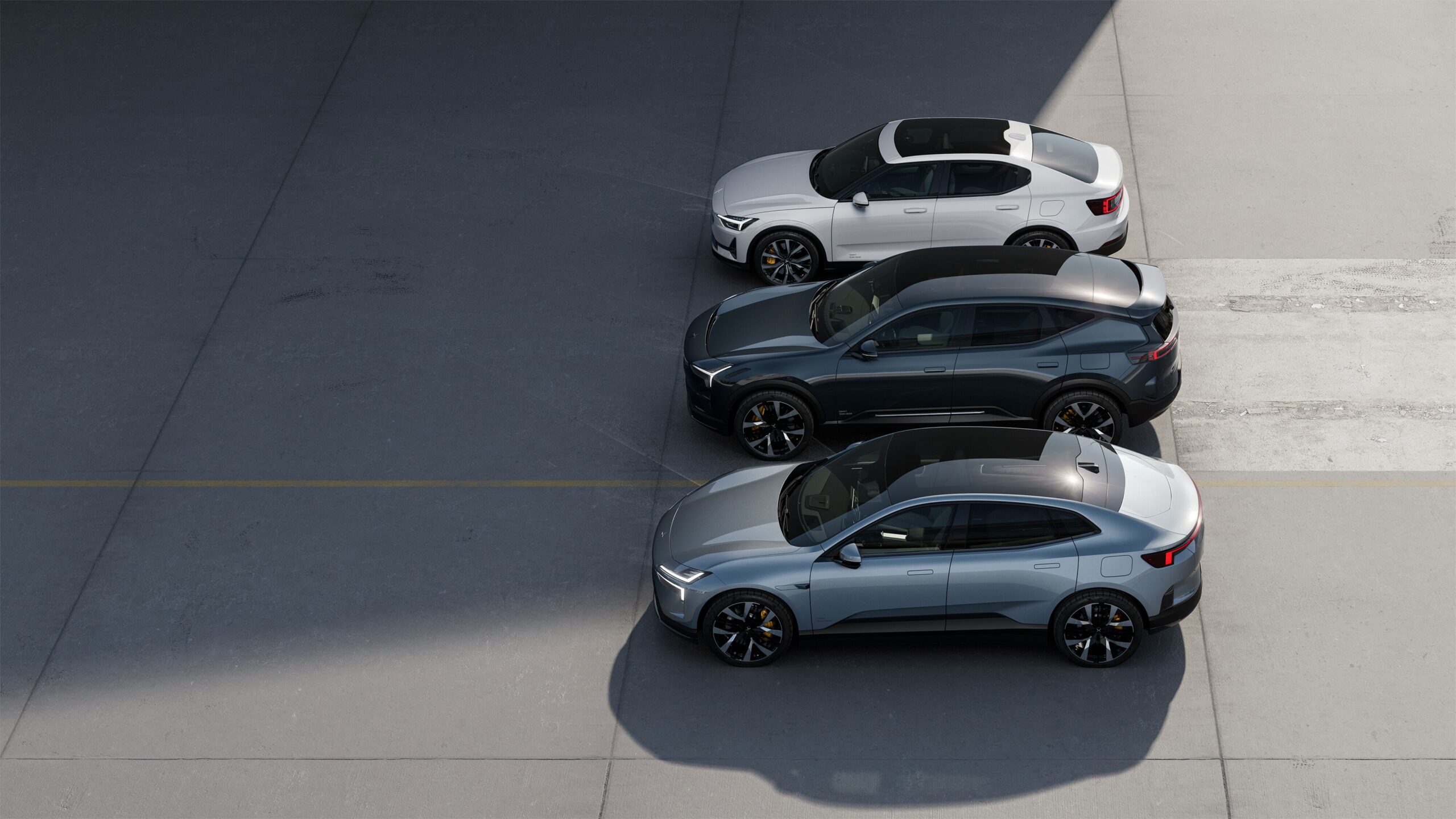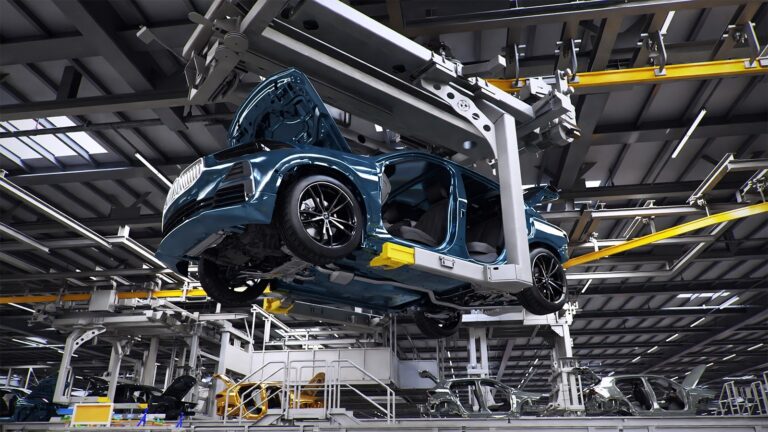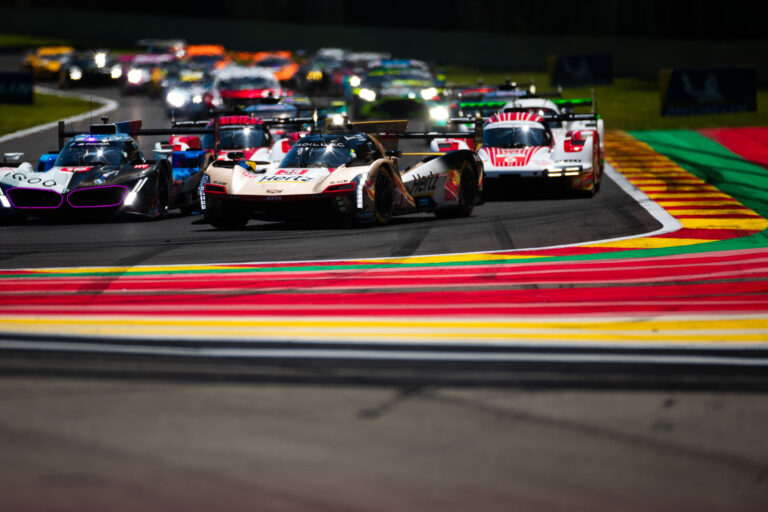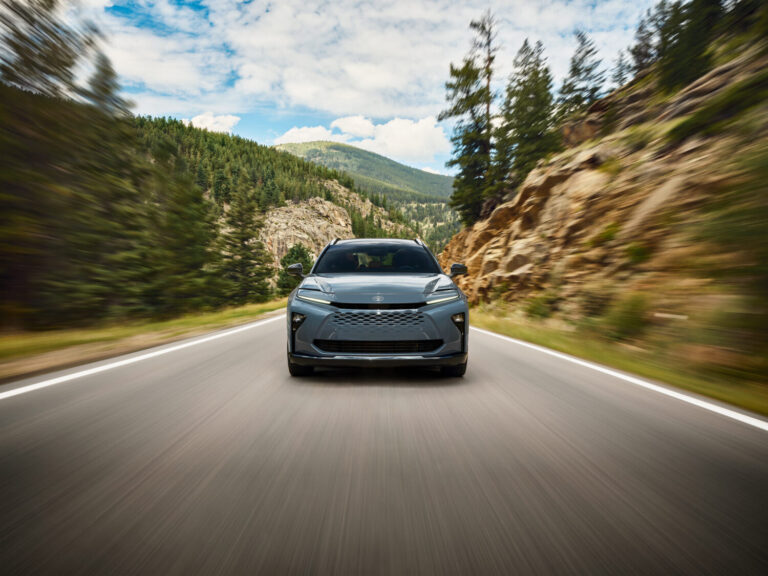Polestar’s Electric Pivot Pays Off: Revenue Soars 84%, Margin Turns Positive — But Is It Enough?By Nik Miles | Test Miles
In a world where many EV startups are racing uphill with bricks strapped to their backs—and burning cash like it’s scented candle season—Polestar seems to have remembered the point of business: make cars and money.
The Swedish performance EV brand just reported an eyebrow-raising 84% revenue surge in Q1 2025, catapulting it from niche Nordic darling to serious global contender. It’s a result that reads less like an earnings report and more like a well-polished flex. Even more impressively, Polestar pulled its gross margin out of the red and into the black, landing at 7%. Which, in EV land, is a bit like finding out your avocado toast pays dividends.
But let’s not break out the lingonberry champagne just yet. This is, after all, the automotive industry—where the only thing faster than a Tesla Plaid is investor mood swings.

So, what’s driving the turnaround?
Three words: model mix discipline. (And if you’re still awake, congratulations—you’re ready for a quarterly investor call.)
Polestar sold just over 12,300 vehicles in Q1, a 76.4% jump year-over-year, thanks largely to a smart shift toward higher-margin models like the Polestar 3 and 4. In short, fewer budget-friendly loss leaders, more well-equipped, premium-priced crossovers for the “eco, but make it sexy” crowd.
Add to that a ruthless trim of marketing fat and a headcount reduction that surely led to some awkward fika breaks, and you’ve got yourself a leaner, meaner, cleaner carmaker.

Is this just bean-counting gymnastics, or is Polestar actually on the right road?
Let’s answer the cynical question head-on, shall we? For the first time in several quarters, Polestar’s numbers aren’t just less bad—they’re actually good. Net losses shrank by 31%, the adjusted EBITDA improved by 46%, and the company somehow managed to keep $732 million in cash tucked away at quarter’s end—nearly identical to where they started the year.
This is no accounting illusion. This is actual operational discipline, which is shocking, frankly, for a company that still calls itself a “startup” but behaves increasingly like a Scandinavian Lexus.

What sets Polestar apart in a sea of faltering EV brands?
It’s a question worth asking, especially as lesser-known EV players fold faster than lawn chairs.
First, there’s product credibility. The Polestar 2 is aging gracefully, the Polestar 3 earned a five-star Euro NCAP rating (notably best-in-class for child protection), and the 4 just bagged “Car of the Year” in South Korea—where drivers know a thing or two about tech.
Then there’s the “digital key” party trick added via an over-the-air update (hello, Tesla vibes), and the debut of Polestar Energy in 11 markets—a nod to vertically integrated EV ecosystems. All of it screams: we’re not here to play. We’re here to stay.

But what about China? Isn’t that where margins go to die?
Yes, China’s JV with Hubei Xingji Meizu was recently sunsetted, but don’t mistake that for a retreat. Instead, Polestar has wrestled back distribution rights in the world’s largest EV market. It’s a classic Scandinavian move: politely smile while reclaiming the keys.
Whether it pays off will depend on how well Polestar can protect its premium brand aura in a market saturated with flashier, cheaper domestic options.

Is this a game-changer or just good quarterly luck?
Somewhere in between. If Q1 was a car, it’d be a Polestar 4—lean, well-specced, and surprisingly quick off the line. But one good quarter doesn’t make a company invincible.
Geopolitical risk, raw material volatility, and supply chain hiccups still lurk around every turn. And Polestar will need to raise more capital (yes, again) to finance upcoming launches like the Polestar 5, 6, and the compact 7 SUV.
Still, for a company once pigeonholed as “Volvo’s electric cousin,” this feels like a proper coming-of-age moment. Polestar may not be gunning for world domination, but it is carving out a profitable, stylish, distinctly Swedish corner of the EV world—and doing so with the kind of restraint that would make IKEA blush.
Bottom Line:
If 2024 was Polestar’s adolescence—moody, uncertain, occasionally dramatic—then 2025 is shaping up to be its first adult year. With solid products, tighter financials, and just enough flair to stay interesting, Polestar is no longer trying to catch up to the Teslas of the world. It’s running its own race—and looking rather elegant doing it.
📢 Enjoyed this article? Stay in the driver’s seat with more automotive insights! Follow @NikJMiles and @TestMiles on social media for the latest news, reviews, and behind-the-scenes exclusives. Don’t miss out—join the conversation today!
